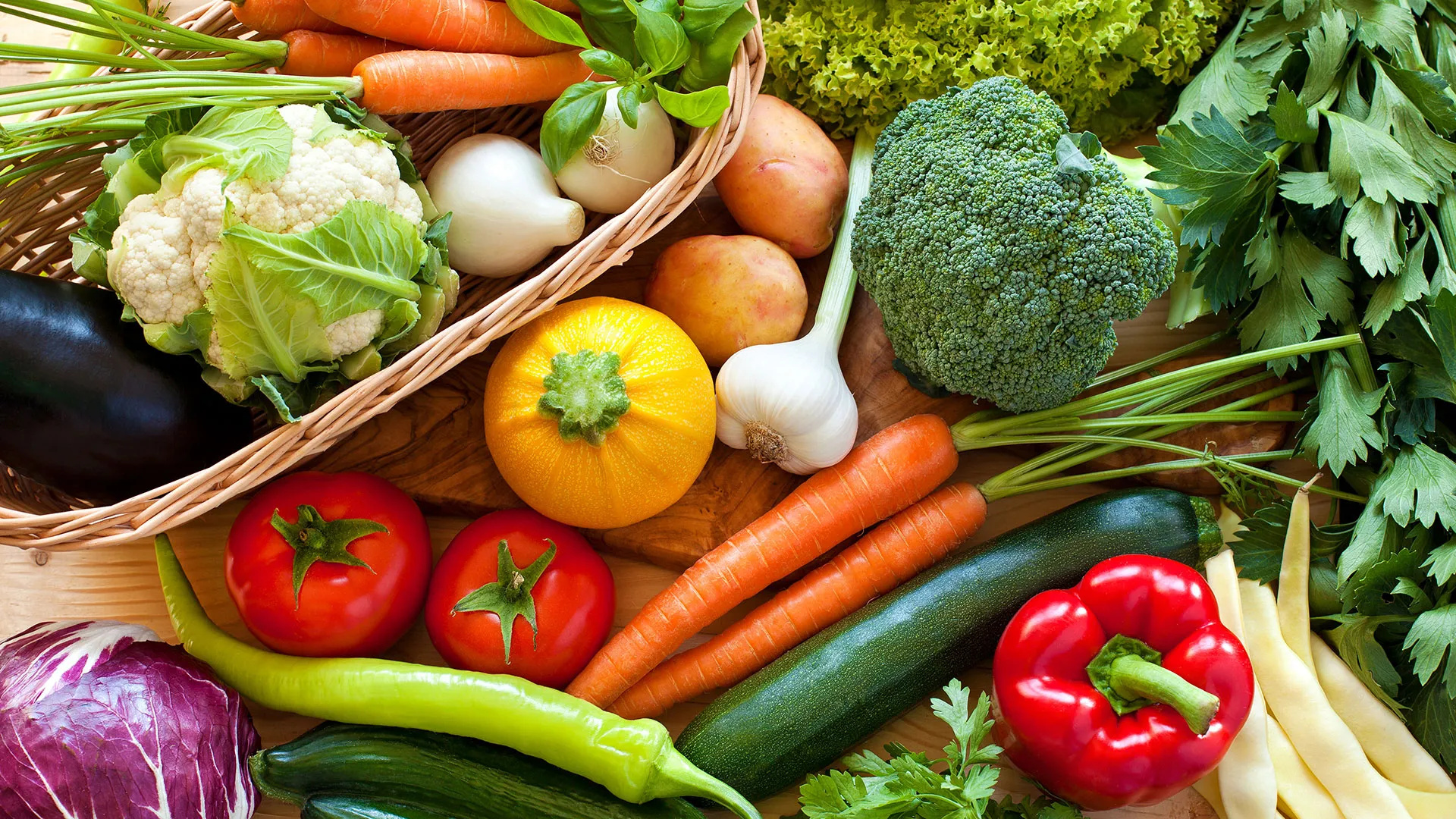Grow Your Own Food: Easy and Rewarding Gardening Tips for Beginners
Have you ever imagined walking outside, picking a handful of fresh basil, or harvesting crisp, sweet carrots straight from the ground? Picture yourself crafting a salad with tomatoes still warm from the sun, or sipping a cup of tea made from mint you grew yourself. Sounds like a dream come true, right? The good news is—you don’t need a farm, a backyard, or even years of gardening experience to make it a reality!
Edible gardening is easier than you think, incredibly satisfying, and a fantastic way to enjoy fresh, nutritious food straight from your own space. Whether you have a spacious backyard, a cozy balcony, or even just a sunny windowsill, you can start growing your own food today. Ready to get your hands dirty? Let’s dive in!
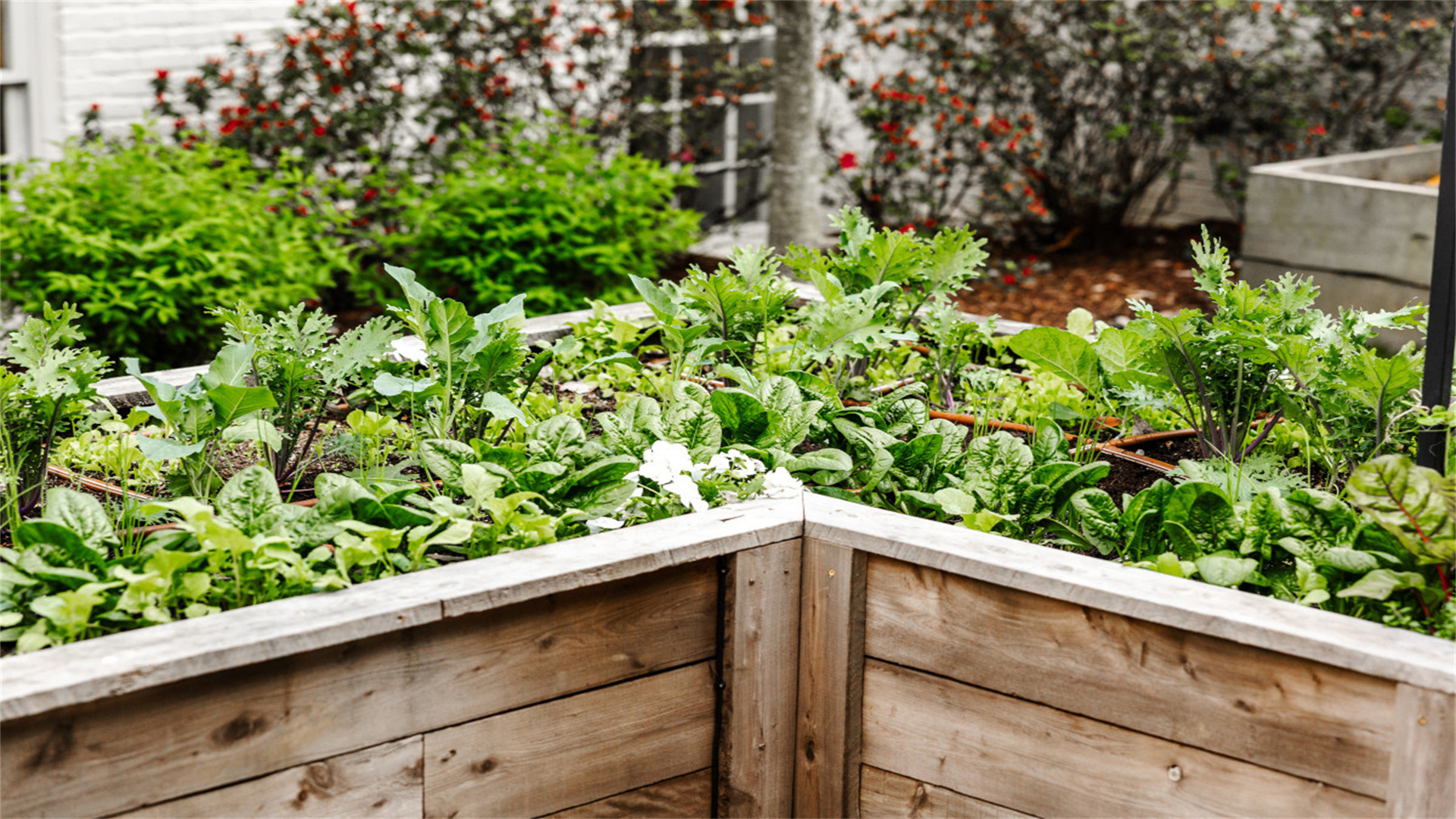
1. Start Small: Best Plants for Beginners
If you’re new to gardening, it’s easy to get overwhelmed by the idea of managing a large vegetable garden. Instead of jumping into a complicated planting scheme, start small with a few beginner-friendly plants that are easy to grow and require minimal care. By starting simple, you’ll build your gardening confidence and set yourself up for success.
Super Easy Vegetables:
* Lettuce & Spinach – Both of these leafy greens are quick-growing and perfect for beginners. They can be harvested in just a few weeks, making them great for impatient gardeners who want quick results. They thrive in cool weather and are perfect for salads.
* Radishes – One of the fastest-growing vegetables, radishes are ready to harvest in as little as 3-4 weeks. They require minimal attention and can be grown in small spaces, making them ideal for beginners.
* Cherry Tomatoes – These small, sweet tomatoes grow well in containers, so you don’t need a large garden to enjoy homegrown tomatoes. They love the sun and thrive in warm weather.
* Carrots – While carrots require a little patience, they’re easy to grow and very rewarding. Just plant the seeds and let them do their thing—no need for constant attention.
Low-Maintenance Herbs:
* Basil – A staple in many dishes, basil grows quickly and is perfect for beginners. It thrives in warm weather and can be used in everything from pasta to pesto to salads.
* Mint – Mint is incredibly easy to grow, but it can spread aggressively, so it’s best to plant it in a pot to prevent it from taking over your garden. Mint adds flavor to teas, desserts, and savory dishes.
* Rosemary & Thyme – Both of these hardy herbs are perfect for seasoning a variety of dishes, and they require minimal care once established.
* Chives – These mild-flavored herbs add a subtle onion taste to dishes and grow well in both gardens and containers.
Fruits for Small Spaces:
* Strawberries – Strawberries can be grown in containers, hanging baskets, or even vertical planters. They’re perfect for smaller spaces like balconies or patios.
* Dwarf Lemon Trees – Dwarf citrus trees are compact and ideal for container gardening. A small lemon tree can thrive in a pot and still produce juicy fruits.
* Blueberries – Blueberries are perfect for container gardening, especially if you have acidic soil. They require a little extra care but are worth the effort for their delicious fruits.
Pro Tip: Pick plants that you love to eat! The more you enjoy the harvest, the more motivated you’ll be to tend to your garden.
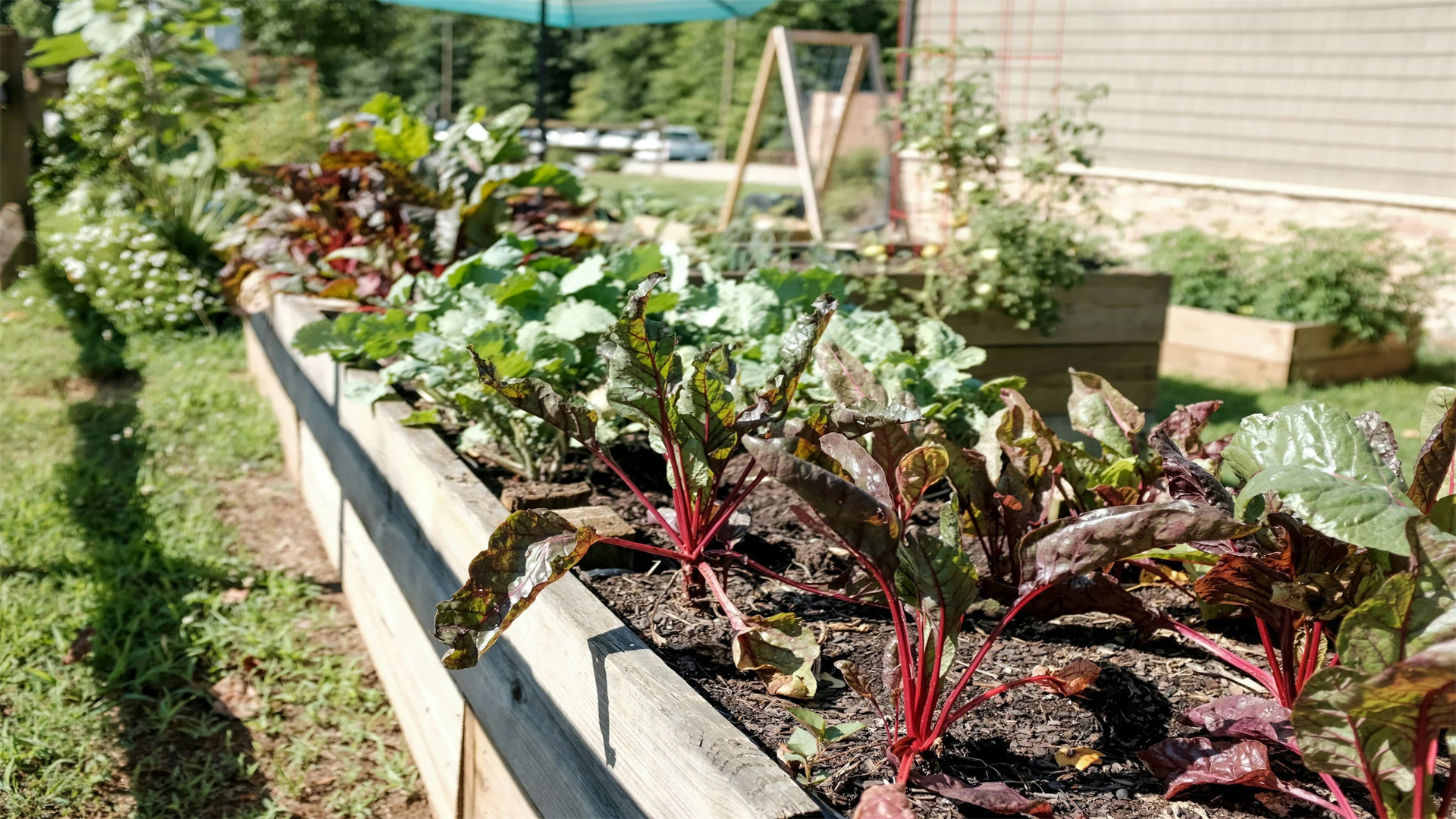
2. Where to Grow Your Plants
Just like us, plants need the right environment to thrive. The three most important factors for successful edible gardening are sunlight, water, and space.
Sunlight:
Most edible plants need at least 6 hours of direct sunlight every day to grow well. If you don’t have a garden, don’t worry! You can still grow herbs and leafy greens indoors, as long as they’re placed near a sunny window. If you have a less sunny spot, try growing shade-tolerant plants like lettuce, kale, and chard that do well in partial shade.
Watering:
Overwatering is a common mistake for beginners. Too much water can drown the roots and cause plants to rot. The key is to water deeply but infrequently, encouraging the plants to develop strong root systems. A good rule of thumb is to check the soil by sticking your finger about an inch into it. If it feels dry, it’s time to water.
No Garden? No Problem!
Even if you don’t have a garden, you can still grow your own food:
* Balcony or Patio: Use raised beds, vertical planters, or pots to grow plants in limited spaces.
* Indoors: Grow herbs like basil, mint, or parsley in small containers on your windowsill.
* Hanging Planters: Great for strawberries and trailing herbs like mint, thyme, or oregano.

3. Soil Matters: Feed Your Plants Right
Think of the soil as your plant’s “breakfast.” Just like we need good food to stay healthy, plants need good soil to grow strong and productive.
Compost is Gold:
One of the best things you can do for your soil is to add compost. Compost is rich in nutrients and helps improve soil structure. You can make your own compost by collecting kitchen scraps like fruit and vegetable peels, coffee grounds, and eggshells. These organic materials break down into nutrient-rich humus, which feeds your plants naturally.
Mulch for Moisture:
To keep your soil consistently moist and to help control weeds, apply a layer of mulch around your plants. Mulch can be made from straw, wood chips, or dried leaves. It keeps the soil cooler in the summer, reduces evaporation, and adds organic matter to your soil as it decomposes.
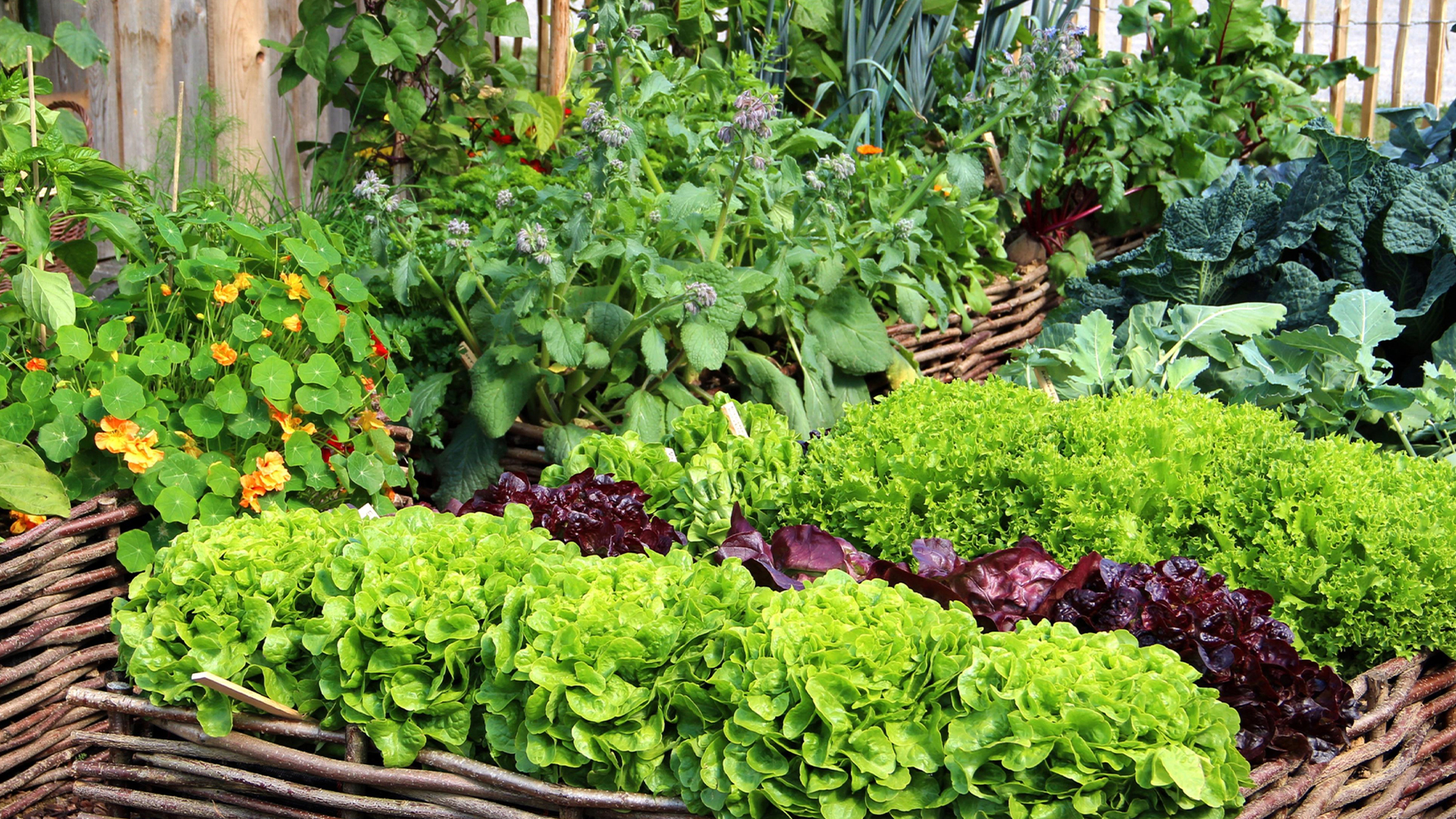
4. Say Goodbye to Pests—Naturally!
Pests can be a gardener’s worst nightmare, but instead of reaching for chemical pesticides, there are many natural ways to keep pests at bay. Here are some eco-friendly options that work wonders:
Plant Flowers Nearby:
Certain flowers like marigolds and lavender are not only beautiful but also attract pollinators like bees and butterflies. These flowers can also deter harmful pests from munching on your vegetables.
Welcome the Good Bugs:
Insects like ladybugs and praying mantises are your garden’s best friends. They feed on aphids, mealybugs, and other plant-damaging pests. By encouraging these beneficial bugs to visit your garden, you can reduce the need for chemical pest control.
DIY Bug Spray:
Make your own natural pest repellent by mixing water, a few drops of dish soap, and crushed garlic. This homemade spray works great for deterring aphids, mites, and other common garden pests.
Bird Feeders and Birdbaths:
Birds are natural pest controllers, and attracting them to your garden can help reduce insect populations. Consider adding a bird feeder or birdbath to attract birds like robins and sparrows that eat insects.
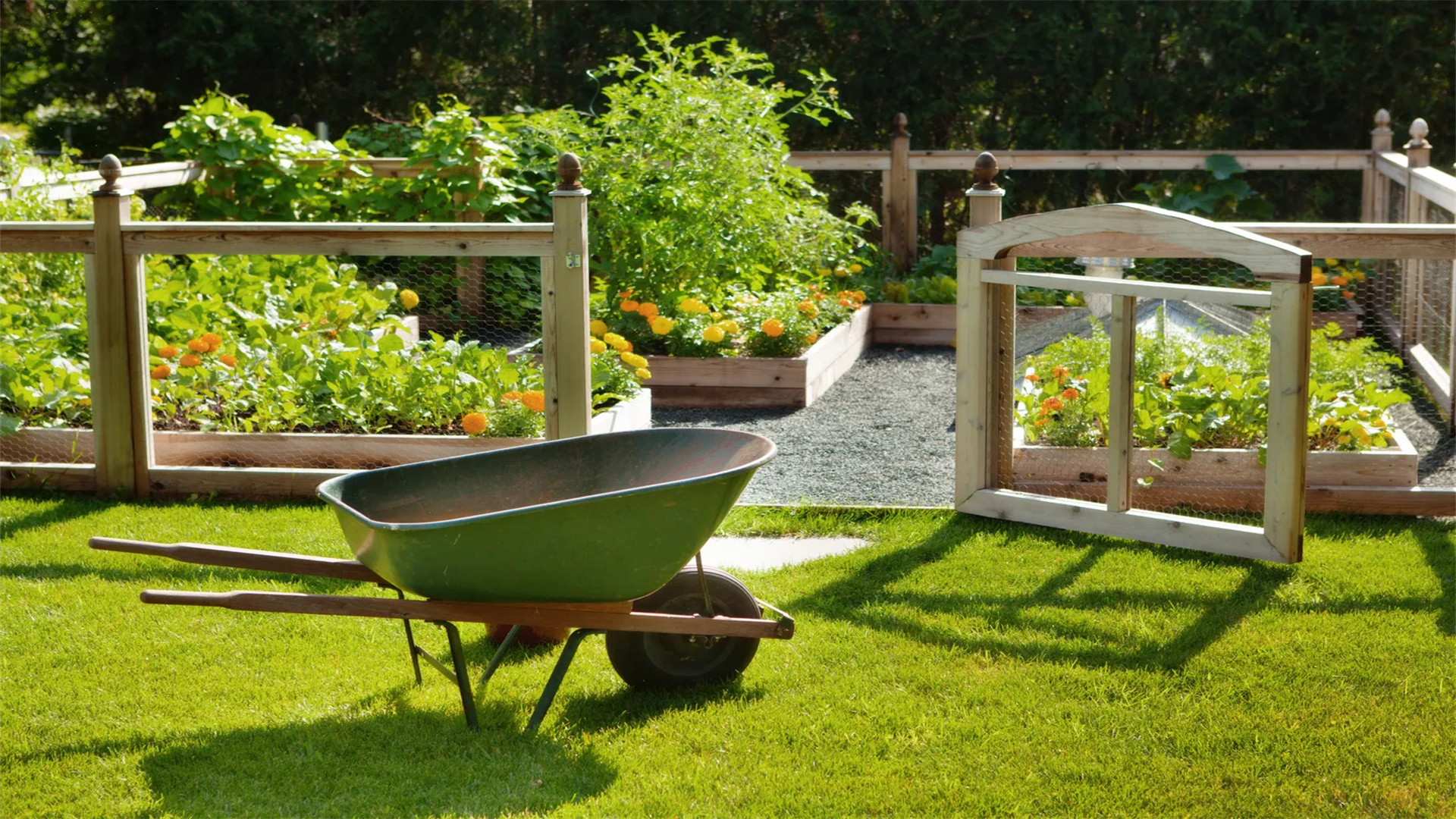
5. Harvesting: The Best Part of Gardening
The most satisfying part of gardening is harvesting the fruits (and vegetables) of your labor. Knowing when to harvest is key to getting the best flavor and texture from your crops.
* Leafy Greens: You can harvest leafy vegetables like lettuce and spinach continuously by picking the outer leaves while allowing the inner leaves to keep growing.
* Tomatoes & Peppers: These should be picked when fully ripe for the best taste. Tomatoes should be deep red and firm to the touch, while peppers should have a glossy skin and reach full size.
* Herbs: The best time to harvest herbs like basil, mint, or rosemary is early in the morning when the essential oils are strongest.
* Root Vegetables: Carrots and radishes should be pulled up when they reach the desired size. Don’t wait too long, as they can become tough and woody.
Pro Tip: Harvest early in the day when the plants are still hydrated, and be gentle when picking to avoid damaging the roots or stems. And the best part? Homegrown food just tastes better! There’s nothing like the satisfaction of eating something you grew yourself.
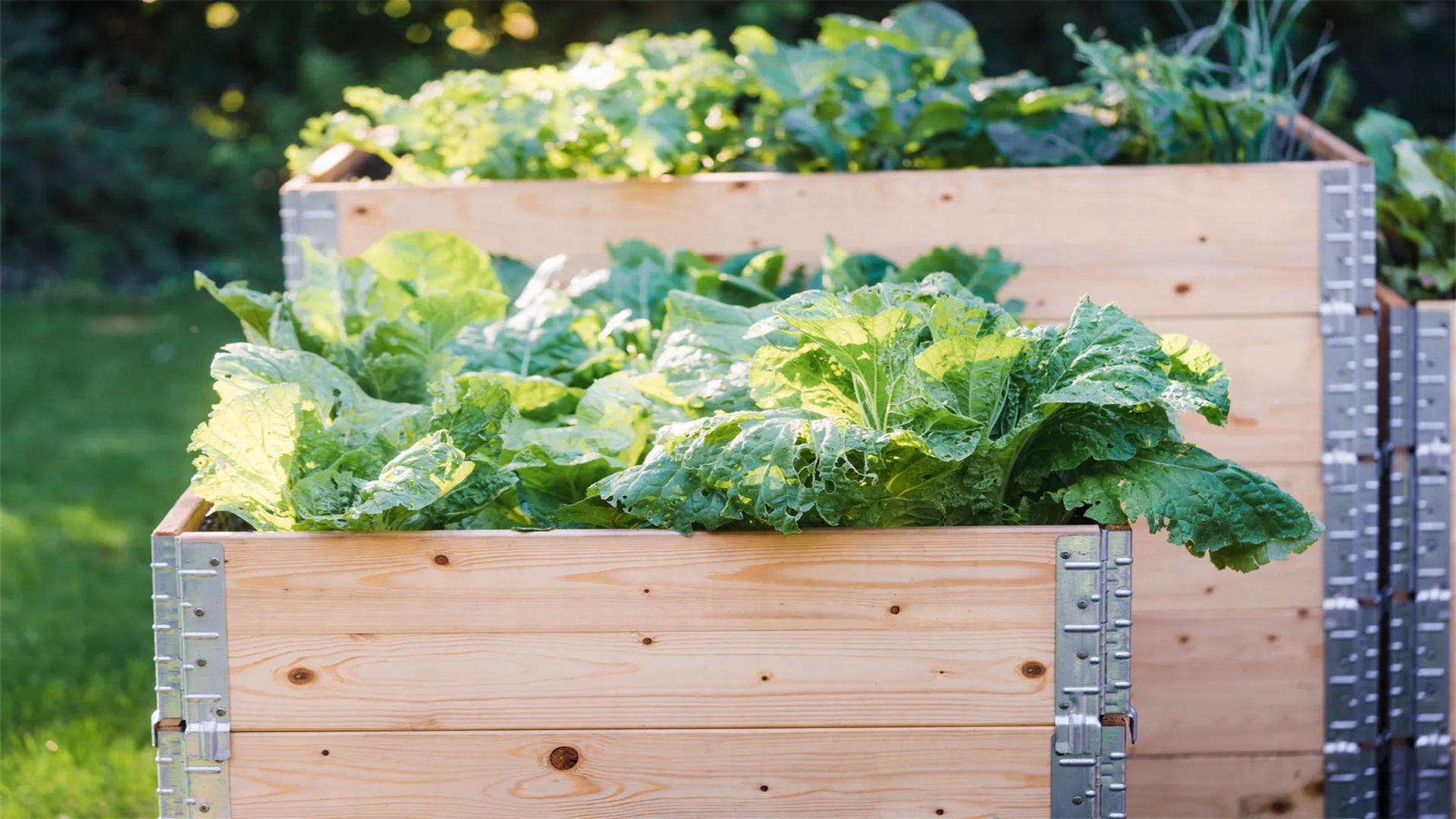
6. The Extra Perks: Why Growing Your Own Food Is So Worth It
Gardening isn’t just about growing food—it’s also about enjoying the process and all the amazing benefits that come with it.
* Save Money: Growing your own herbs and vegetables is cheaper than buying them from the store. A packet of basil seeds costs just a few dollars, but a single bunch of basil can cost you $3–$5 at the store.
* Eco-Friendly: When you grow your own food, you reduce your carbon footprint by cutting down on the need for transportation and packaging associated with store-bought produce.
* Boost Your Mental Health: Gardening is known to reduce stress and boost mood. Spending time in nature and getting your hands in the dirt can have therapeutic effects.
* Connect with Others: Share your homegrown produce with friends, family, and neighbors. It’s a great way to build community and spread the joy of fresh, homegrown food.

